THC Drinks Explained: How Nano-Emulsified Beverages Hit Faster

Have you noticed the explosion of cannabis-infused beverages in the market lately? THC drinks represent one of the fastest-growing segments in the cannabinoid space, offering a smoking-free alternative that promises quicker onset times and more predictable experiences than traditional edibles.
But what exactly happens when you sip that cannabis-infused seltzer or elixir, and why do manufacturers make such bold claims about "feeling effects in just 15 minutes"?
The science behind THC drinks is fascinating and explains why they're quickly becoming a go-to option for both newcomers and experienced consumers seeking precise, controllable experiences.
At Mellow Fellow, we've seen growing interest in fast-acting cannabinoid products as people look for alternatives to both traditional edibles and inhalation methods.
Let's discuss the mechanics of these beverages, the breakthrough technology that makes them work, and understand why timing and absorption matter when choosing your ideal cannabinoid delivery method.
So, THC drinks, how do they work?
Key Takeaways
-
THC drinks use nano-emulsion technology to deliver cannabinoids faster and more efficiently than traditional edibles.
-
They bypass the liver’s full first-pass metabolism, resulting in effects within 15–30 minutes.
-
Nano-emulsified beverages offer higher bioavailability than standard oil-based THC products.
-
Sublingual and gastric absorption both contribute to quicker onset and smoother effects.
-
Consumers report effects lasting 2–4 hours, offering a more manageable experience than traditional edibles.
-
THC drinks come in various forms including seltzers, tonics, syrups, and teas, with tailored potencies and effects.
-
Advancements in emulsion and flavor technology are driving the future of cannabis beverages.
How Traditional Edibles Work (And Why They're Slow)
Before we can appreciate the innovation behind cannabis beverages, we need to understand the limitations of conventional edibles.
When you consume a traditional marijuana brownie or gummy, your body processes the THC through what scientists call "first-pass metabolism." This multi-stage process begins in your digestive system, where the edible must first break down completely before your small intestine can absorb the cannabinoids.
From there, the compounds travel through the portal vein to your liver, where enzymes transform Delta 9 THC into 11 Hydroxy THC, a more potent metabolite that can cross the blood-brain barrier with relative ease.
Research published in the Journal of Chemical Biodiversity has demonstrated that when THC undergoes first-pass metabolism, the resulting 11 Hydroxy THC can be up to five to ten times more psychoactive than its parent compound.
This metabolic detour explains two classic characteristics of traditional edibles:
-
Delayed Onset: Effects typically take 45 to 90 minutes (or longer) to manifest, as your body needs time to complete this digestive process
-
Extended Duration: The effects often last six to eight hours because 11 Hydroxy THC produces stronger, more sustained effects than inhaled forms
The liver's conversion of Delta 9 THC to 11 Hydroxy THC is also why edible experiences feel qualitatively different from other consumption methods.
We consistently hear that edibles feel more full-bodied, sometimes more intense, and often more sedating compared to other formats. This is similar to what we explain in our guide to smoking vs. edibles, where we break down the distinct differences in experience.
This unpredictable timing and intensity has been the primary barrier preventing many potential users from exploring edibles. After all, waiting up to two hours to feel effects makes it difficult to dose properly or plan your experience.
The Nano-Emulsion Revolution in THC Drinks
The game-changing technology behind modern THC beverages is nano-emulsification, a process that fundamentally alters how cannabinoids interact with your body.
Nano-emulsion addresses cannabis's primary chemical challenge: cannabinoids like THC and CBD are hydrophobic (water-repelling) compounds that don't naturally mix with water. This incompatibility creates absorption problems in the water-based environment of your digestive system and bloodstream.
According to research published in the American Journal of Translation Research, cannabinoid nano-emulsions demonstrate significantly enhanced bioavailability compared to conventional formulations.
A 2021 study found that nano-emulsified cannabinoids achieved plasma concentrations up to 300% higher than standard oil-based formulations, meaning that a lot more of those cannabinoids make it into your system.
Here's what happens during nano-emulsification:
-
Size Reduction: Specialized equipment breaks down cannabis oil particles to extremely tiny sizes (typically between 10 to 100 nanometers), about 1000 times smaller than the width of a human hair
-
Encapsulation: These minuscule particles are then coated with emulsifiers, creating water-compatible structures called "micelles" that have a hydrophobic core (containing the cannabinoids) and a hydrophilic (water-loving) outer shell
-
Stable Suspension: The result is a stable, transparent mixture where cannabinoids remain evenly distributed throughout the liquid rather than separating
This scientific breakthrough fundamentally transforms how THC enters your system. Instead of waiting for complete digestion, these nano-particles can be absorbed directly through the tissues in your mouth, esophagus, and stomach lining, partially bypassing first-pass metabolism.
Some cannabinoids still reach the liver, but a significant portion enters your bloodstream much more directly.
Researchers demonstrated that nano-emulsified cannabinoids exhibited up to four times higher bioavailability compared to standard oil-based formulations, with measurable blood plasma concentrations appearing in as little as 15 minutes after ingestion.
Why THC Drinks Hit Differently: The Science of Fast-Acting Absorption
The absorption advantage of cannabis beverages goes beyond just nano-emulsification technology. Several other factors contribute to their rapid onset profile, including where they are absorbed, the difference between solids and liquids, and more.
Sublingual and Buccal Absorption
When you sip a THC drink, the liquid naturally makes contact with the mucous membranes under your tongue and throughout your mouth. These tissues are filled with capillaries that can absorb cannabinoids directly into your bloodstream, similar to how tinctures work.
Research confirms that sublingual absorption allows compounds to enter circulation without undergoing hepatic first-pass metabolism.
A clinical trial conducted at the University of California San Francisco demonstrated that cannabinoids absorbed through oral mucosa can reach the bloodstream within five to ten minutes, compared to the 30 to 90 minutes required for gastrointestinal absorption.
Liquid Delivery Accelerates Gastric Processing
Unlike solid edibles that require lengthy digestion, liquids move through your digestive system much more quickly. This rapid gastric emptying means nano-emulsified cannabinoids reach small intestine absorption sites faster, where they can then enter the bloodstream.
A pharmokinetic study found that liquids can pass through the stomach up to four times faster than solid foods, significantly reducing onset time for active compounds.
More Predictable Dosing Experience
This profile is especially balanced, making it ideal for those who want controlled, measured experiences without committing to the extended duration of traditional edibles.
Most consumers report feeling effects from quality THC beverages within 15 to 30 minutes, with peak effects at 60 to 90 minutes, and a total duration of two to four hours.
This faster onset and shorter duration creates what many users describe as a more "manageable" experience, allowing for social consumption with less worry about effects lasting into the next day.
Comparing Bioavailability Across Consumption Methods
When it comes to efficient cannabinoid delivery, not all methods are created equal. Bioavailability, the percentage of a consumed substance that actually reaches your bloodstream, varies dramatically between consumption methods, as seen below.
|
Consumption Method |
Typical Bioavailability |
Onset Time |
Duration |
|
Smoking/Vaping |
10-35% |
1-5 minutes |
1-3 hours |
|
Nano-emulsified Beverages |
15-25% |
15-30 minutes |
2-4 hours |
|
Traditional Edibles |
4-12% |
45-120 minutes |
6-8 hours |
|
Oil-based Tinctures |
10-20% |
15-45 minutes |
4-6 hours |
These figures are supported by multiple peer-reviewed studies. Research found in the National Library of Medicine found that inhaled cannabinoids demonstrated bioavailability of approximately 10 to 35%, while traditional oral consumption ranged from just 4 to 12%.
A comprehensive review published in the Molecules specifically examining nano-emulsified THC products confirmed bioavailability rates of 15 to 25%, significantly higher than conventional edibles.
This enhanced bioavailability directly correlates with faster onset times and more predictable effects.
As this comparison shows, nano-emulsified THC drinks offer a compelling middle ground between the immediate but shorter-lived effects of inhalation and the delayed but longer-lasting effects of traditional edibles.
We've seen that this blend tends to appeal to customers who want a social consumption option that delivers a predictable experience without smoking, while still offering more control than conventional edibles.
The Different Types of THC Drinks on the Market
The cannabis beverage space has expanded dramatically in recent years, with products coming in various formulations and producing varying experiences.

For those unfamiliar with tinctures, our guide to cannabis tinctures provides helpful background on liquid extracts that share some similarities with THC drinks.
Seltzers and Sparkling Waters
These light, refreshing options typically contain 2 to 5mg THC per can, often combined with small amounts of CBD for balance. They're designed for socialization as alternatives to alcohol, with low calorie counts and subtle flavoring.
Most feature rapid-onset nano-emulsions and are popular with first-time or occasional users, as it does not take long to feel the effects.
In terms of potency, the experience is somewhat comparable to our Micro-Dose M-Fusions Gummies but in liquid form. They feature 2.5mg of THC and 2.5mg of CBD per gummy, making them an excellent choice for beginners, not to mention that they have an enjoyable flavor as well.
Tonics and Elixirs
These concentrated drinks pack more punch (5 to 100mg THC) in smaller volumes (2 to 4oz), making them the beverage equivalent of a tincture. Many incorporate additional botanical ingredients or adaptogenic herbs for targeted effects. These products often serve as functional alternatives to traditional edibles.
Related Products
Teas and Coffee Drinks
These familiar formats infuse beloved beverages with cannabinoids, typically offering 5 to 20mg of THC per serving. The natural caffeine in coffee creates an interesting counterbalance to THC's relaxing properties, while herbal teas often incorporate complementary botanicals for enhanced effects and increased therapeutic potential.
Syrups and Mix-ins
These versatile products allow users to create their own infused beverages, with typical doses ranging from 10 to 100mg per bottle. Most require shaking before use to maintain emulsion stability and offer flexible dosing for customized experiences.
This Delta 9 THC and CBD Watermelon Syrup, with 150mg of THC and 150mg of CBD is an excellent way to try this delivery method. It’s a potent product, so a little bit goes a long way. It’s also fantastic for mixing in with other beverages, or can be consumed on its own, making it quite versatile.
These can be particularly helpful for those looking for the benefits we outline in our article about taking edibles on an empty stomach.
Best Practices for Consuming THC Drinks
Whether you're new to cannabis beverages or looking to optimize your experience, these guidelines can help ensure a positive outcome:
For Beginners
Start with products containing 2 to 3mg THC per serving, following the classic advice: "Start low, go slow." Even with faster onset times, it's smart to wait at least 30 to 45 minutes before considering additional consumption. According to current research, 2.5mg of THC is a good starting point for beginners to determine what a suitable dose is.
Unlike traditional edibles where effects can surprise you hours later, THC drinks generally reveal their full impact within an hour, making it easier to gauge whether you want more.
Understanding Tolerance Factors
Individual responses to cannabinoids vary based on several factors, including the following:
-
Body Composition: Higher body fat percentage can affect how THC is stored and released
-
Metabolism: Faster metabolisms may process THC more quickly
-
Experience Level: Regular cannabis users develop tolerance to effects
-
Empty vs. Full Stomach: Consuming on an empty stomach typically produces faster, stronger effects
-
Hydration Levels: Being well-hydrated supports efficient metabolism of cannabinoids
Research published in the European Journal of Internal Medicine confirms these variables significantly impact cannabinoid processing.
Mindful Consumption Tips
For the best experience with THC beverages, consider these practical approaches:
-
Pace Yourself: Sip slowly rather than consuming quickly to better monitor effects
-
Stay Hydrated: Alternate between your THC beverage and plain water
-
Plan Your Timing: Remember that while onset is faster than edibles, effects still last longer than smoking
-
Consider Setting: Choose comfortable environments when experimenting with new products
-
Track Your Experience: Note the product, dosage, and effects to better understand your personal response
How THC Drinks Compare to Other Consumption Methods
Each cannabinoid delivery system offers distinct advantages. Understanding these differences can help you choose the right product for your specific needs.
THC Drinks vs. Traditional Edibles
While both are ingested orally, the differences are significant. Here’s what makes THC drinks different from solid edibles:
-
Onset Time: Drinks typically take effect in 15-30 minutes versus 45-120 minutes for traditional edibles
-
Duration: Beverages generally produce a 2-4 hour experience compared to 6-8 hours for conventional edibles
-
Intensity Curve: Drinks typically have a gentler "come-up" without the sudden intense peaks sometimes experienced with edibles
-
Consistency: The liquid formulation provides more even distribution of cannabinoids, reducing the "hotspot" risk sometimes found in homemade edibles
Understanding these differences is crucial when planning your consumption experience, similar to deciding between edibles and smoking flower.
If you would like to try solid edibles, these Delta 9 Live Resin Blue Razz Rings contain 20mg of THC and 20mg of CBD per gummy, offering a potent yet balanced experience, along with a delicious flavor.
THC Drinks vs. Vaping
These represent opposite ends of the consumption spectrum, as vaping allows for quick delivery, faster than drinks, but the effects also wear off faster. Here’s what you need to know:
-
Immediacy: Vaping remains the fastest way to feel effects (within minutes)
-
Control: Vaping allows for incremental dosing with immediate feedback
-
Duration: Vape effects typically dissipate more quickly (1-3 hours) compared to beverages
-
Discretion: Beverages offer odorless consumption without inhalation
The profile of THC drinks is ideal for those seeking something between the immediate intensity of vaping products like our Euphoria Blend Disposable Vape and the extended duration of traditional edibles, making beverages an excellent "middle ground" option.
For more on how these various consumption methods affect the body differently, our article on 11 Hydroxy THC vs. THC provides deeper scientific context.
The Future of Cannabis Beverages: Trends to Watch
The THC drink market continues to evolve rapidly, with several promising developments on the horizon, such as effect-specific formulations, rapid onset technology, and controlled release formulas, among others:
Effect-Specific Formulations
Following the trend established by brands like Mellow Fellow, which focuses on effect-based products, beverages are increasingly being formulated for specific experiences rather than just THC content alone.
We're seeing more products designed for moods like "Energy," "Relax," or "Social," combining cannabinoids with terpenes and functional ingredients.
This approach aligns with the cannabinoid industry's growing focus on targeted effects, similar to how we formulate our Creativity Blend and Dream Blend product lines for specific mood effects. For instance, if you need a mood boost, Mellow Fellow Happy Blend Tropic Medley Gummies are designed to boost your mood and relax your mind.
Rapid-Onset Technology Improvements
Current research focuses on reducing onset times even further through improved emulsion technology and alternative absorption enhancers. Some cutting-edge formulations claim effects in as little as 5 to 10 minutes, approaching the immediacy of inhalation methods.
Scientists have recently created new lipid-based delivery methods that can further improve bioavailability and absorption rates
Controlled-Release Formulations
The next frontier involves beverages that offer both quick onset and extended duration through dual-phase release technology. These products aim to deliver an initial dose quickly while releasing additional cannabinoids gradually over time.
Functional Ingredient Combinations
We're seeing increased incorporation of adaptogens, nootropics, and functional botanicals alongside cannabinoids to create more targeted physiological responses. For those interested in the science behind these combined effects, our article on the complete list of cannabis terpenes and their effects provides valuable background.
The International Cannabis and Cannabinoids Institute has documented effects between certain cannabinoids and adaptogenic compounds like L-theanine and ashwagandha. Research found in Planta Med found that these combinations can produce more specific and predictable responses than cannabinoids alone.
Improved Flavor Profiles
Early cannabis beverages often suffered from bitter cannabinoid aftertastes, but improved emulsion technology and flavor masking is creating more palatable products with sophisticated flavor profiles that rival non-infused premium beverages.
If you’re looking for something with plenty of flavor, and you’d like to try an edible, the Strawberry Cheesecake THCp Bursts are worth trying. They’re flavorful, potent, and long-lasting.
Conclusion: Are THC Drinks Right for You?
Cannabis beverages represent one of the most exciting innovations in cannabinoid delivery technology, offering a compelling alternative that addresses many limitations of traditional consumption methods.
A comprehensive review concluded that nano-emulsified cannabis beverages address key barriers to entry for new users while providing significant advantages over conventional edibles for experienced consumers.
Their rapid onset, predictable duration, and precise dosing make them particularly well-suited for:
-
Cannabis-curious individuals seeking approachable entry points
-
Social consumers looking for alcohol alternatives
-
Experienced users wanting more control over their experience
-
Those needing faster relief than traditional edibles provide
As nano-emulsion technology continues to evolve and more products enter the market, we'll likely see cannabis beverages become increasingly mainstream, offering tailored experiences that fit seamlessly into diverse lifestyles and needs.
Whether you're enjoying a low-dose beverage at a social gathering or using a higher-potency elixir for specific purposes, understanding the science behind these innovative products can help you make more informed choices about how cannabinoids fit into your wellness routine.
For more insights into cannabinoid effects and product formats, explore our guide to what makes the strongest legal cannabinoid or learn about rare cannabinoids in our ultimate guide to better understand how different compounds might satisfy your specific needs.
Ready to explore mood-based cannabinoid products? Browse All Products to find the perfect blend for your desired experience.
Frequently Asked Questions
What Makes Nano-Emulsified THC More Effective Than Oil-Based Edibles?
Nano-sized particles mix with water and absorb quickly, bypassing much of the digestive process for faster effects.
Can THC Drinks Be Combined With Other Functional Ingredients?
Yes, many are blended with adaptogens or nootropics to support specific moods like focus, calm, or energy.
Do THC Drinks Show Up Differently on Drug Tests Compared to Other Methods?
No, they’re still metabolized into THC derivatives detectable by standard drug screenings.
Is There a Risk of Overconsumption With THC Drinks?
Yes, even with faster onset, consuming more too soon can lead to stronger effects than expected. Always wait 30 to 45 minutes before redosing.
How Should I Store THC Drinks for Best Results?
Store in a cool, dark place. Shake well before use if separation occurs, especially with syrups or mix-ins.
Sources
-
Pharmacokinetics and pharmacodynamics of cannabinoids - PubMed
-
Gut instincts: Explorations in intestinal physiology and drug delivery - ScienceDirect
-
The pharmacokinetics and the pharmacodynamics of cannabinoids - PubMed
-
Cannabinoid Delivery Systems for Pain and Inflammation Treatment
-
Practical considerations in medical cannabis administration and dosing
Explore Other Articles
View allExplore more
- 11 hydroxy thc
- Blends
- blunt
- burn blend
- cannabinoids
- cartridge
- CBD
- cbg
- CBN
- Charged Blend
- Clarity Blend
- Concentrates
- Connection Blend
- Creativity Blend
- Dabs
- delta
- delta 10
- delta 11
- delta 8
- Delta 8 thc
- delta 9
- delta 9 thc
- Delta-10-THC
- Delta-11-THC
- delta-8
- Delta-8-THC
- Delta-9-THC
- delta9
- Desire Blend
- destination series
- Diamonds
- disposable
- disposable vape
- Dream Blend
- edibles
- elevate blend
- entourage
- entourage effect
- entourage effects
- Euphoria Blend
- focus
- gummies
- H4CBD
- halloween
- hemp
- hemp-derived
- HHC
- HHCp
- HTE
- Indica
- Introvert Blend
- lean
- legal
- Live Resin
- Live Resin cartridges
- m-fusions
- mechoulam
- momentum blend
- Motivation Blend
- preroll
- productivity
- raphael mechoulam
- Recover Blend
- Relief
- sleep
- strain review
- terp sauce
- Terpenes
- Thanksgiving
- thc
- THC Drink
- thc lean
- thc-p
- THCa
- THCb
- THCh
- THCm
- thcp
- THCp edibles
- THCv
- the elevate blend
- The Energy Blend
- The Happy Blend
- The Illuminate blend
- the momentum blend
- The Rest Blend
- Tranquility Blend
- vape
- vape cartridge
- Vapes
- wax
- wellness
- zkittlez


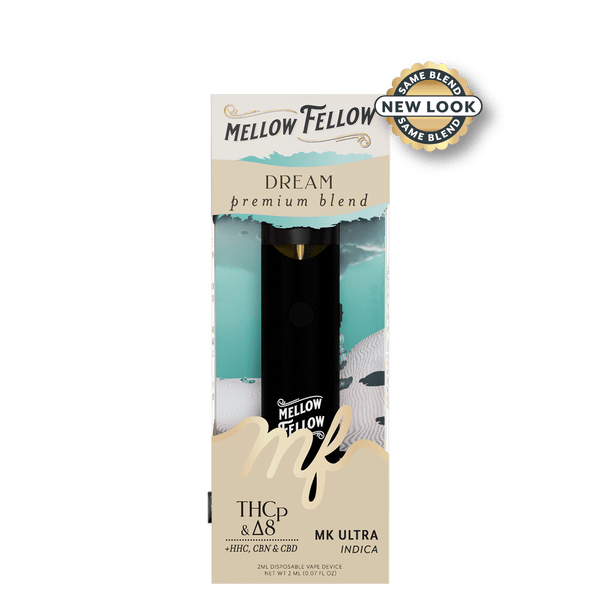
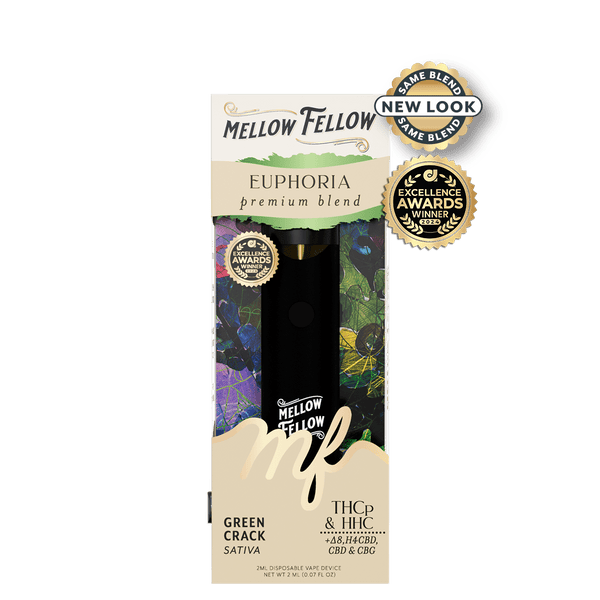
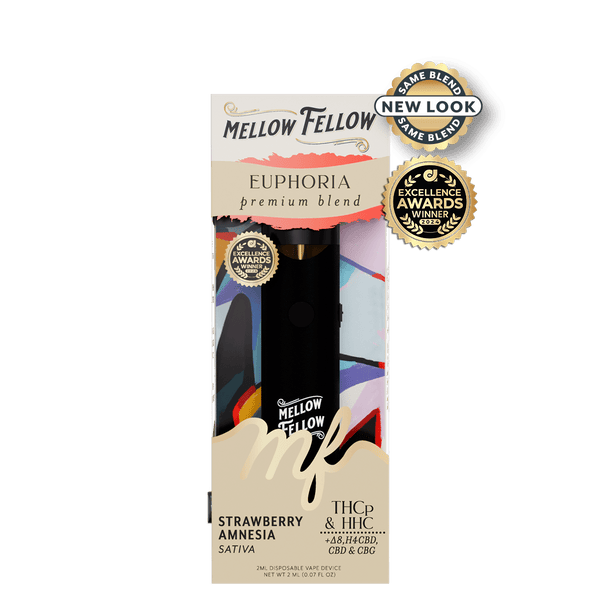
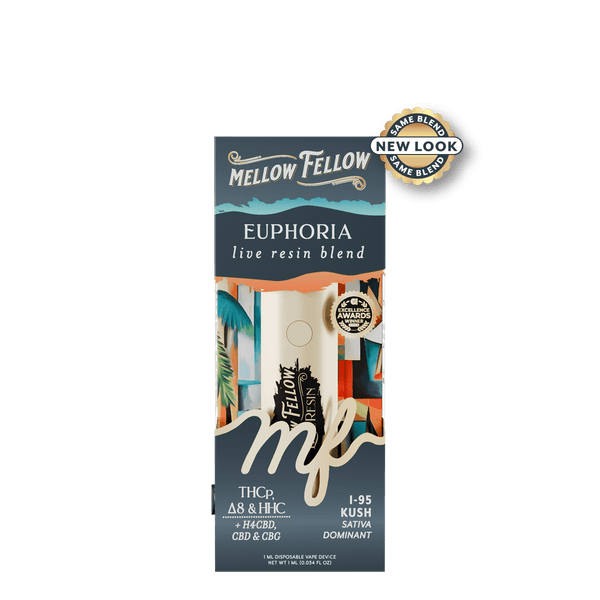
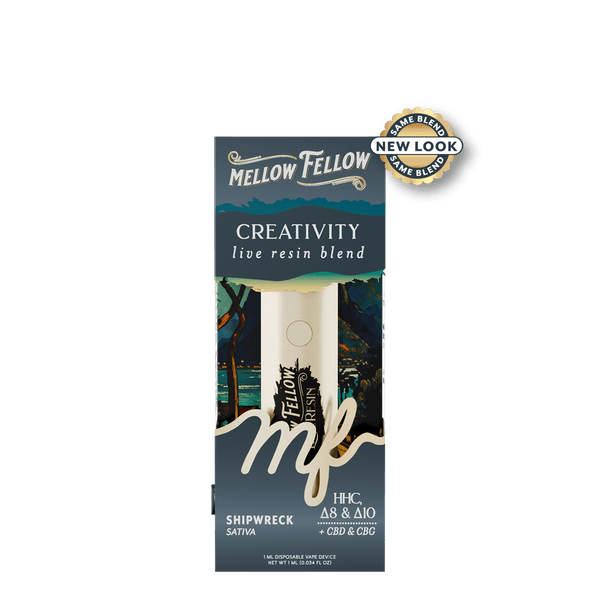
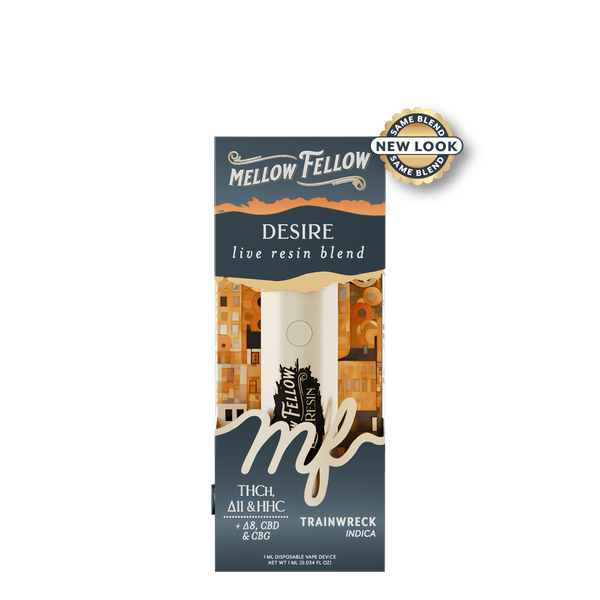










Leave a comment